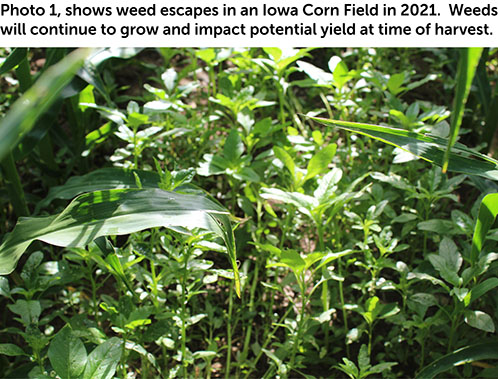Landmark Services: A Plan Pays Off

Evansville, the soybean capitol of Wisconsin, is home to the Midwest 2010 Environmental Respect Award winner, Landmark Services Cooperative. The “soybean capitol” is not something just dreamed up by a public relations firm. The Wisconsin legislature officially bestowed the title on Evansville, and the moniker is proudly displayed on every road leading into town.
Landmark services corn and soybean growers as well as the area’s many large dairies and vegetable crop operations. In 2004 the co-op made a large investment in the local agriculture when it constructed a new, fully contained liquid fertilizer and herbicide loading facility that takes advantage of state-of-the art computer-controlled loading.
The facility contains a pair of 2-million-gallon fertilizer tanks that are really a tank within a tank to assure safe leakage containment. Order tickets generated in the sales department are sent directly to the two custom application bays. Once this critical information is loaded into the computer, the operator presses a button and the requested batch is mixed and ready to load on to the waiting field nurse truck. After every load, supply lines are flushed with air and given a chaser of the last liquid fertilizer loaded. “A central sump collects any rinsate that might make it to the floor,” say Robin Patterson, load out operations manager. “That rinsate is pumped into a holding tank and the computer sends 10 percent of the amount of each load from that rinsate tank into the nurse tank where it can be sprayed onto the field safely.”
The facility is served by a rail line which supplies liquid fertilizer components. “We can unload 10 cars at a time or about 600 tons an hour,” explains Scott Smith, Evansville manager. “The advantage to the industry is that we can free up a unit train of 65 cars in just 18 hours.
“We knew we wanted to enter our new plant in the Environmental Respect Awards program from the get-go,” says Smith. “But management challenged us to wait until we were able to complete a five-year track record of keeping the facility environmentally sound. We’ve now gone more than five years with a clean bill of health in every aspect of the operation,” he says.
There’s more to environmental respect than a super-clean facility, and Landmark takes the extra steps to assist its grower-customers in achieving the latest environmental practice. The newest practice to emerge is the variable-rate application of side-dressed nitrogen. “We expanded our variable-rate application program to include side-dress nitrogen and this is key to the future as far as the environment goes,” says Smith. “We do this through satellite imagery and zone sampling for nitrates in the soil and on the growing crops. After we credit many nitrogen sources, we create a variable N map. We are using one of the newest variable-rate N applicators in the industry,” he adds.
“The next logical step to all of this will be variable-rate seeding and that’s not far behind,” says Smith.
“For true environmental respect to become a reality, it needs to not only be a mission or directive, but also a frame of mind that management and employees must acquire and maintain,” explain Patterson.





